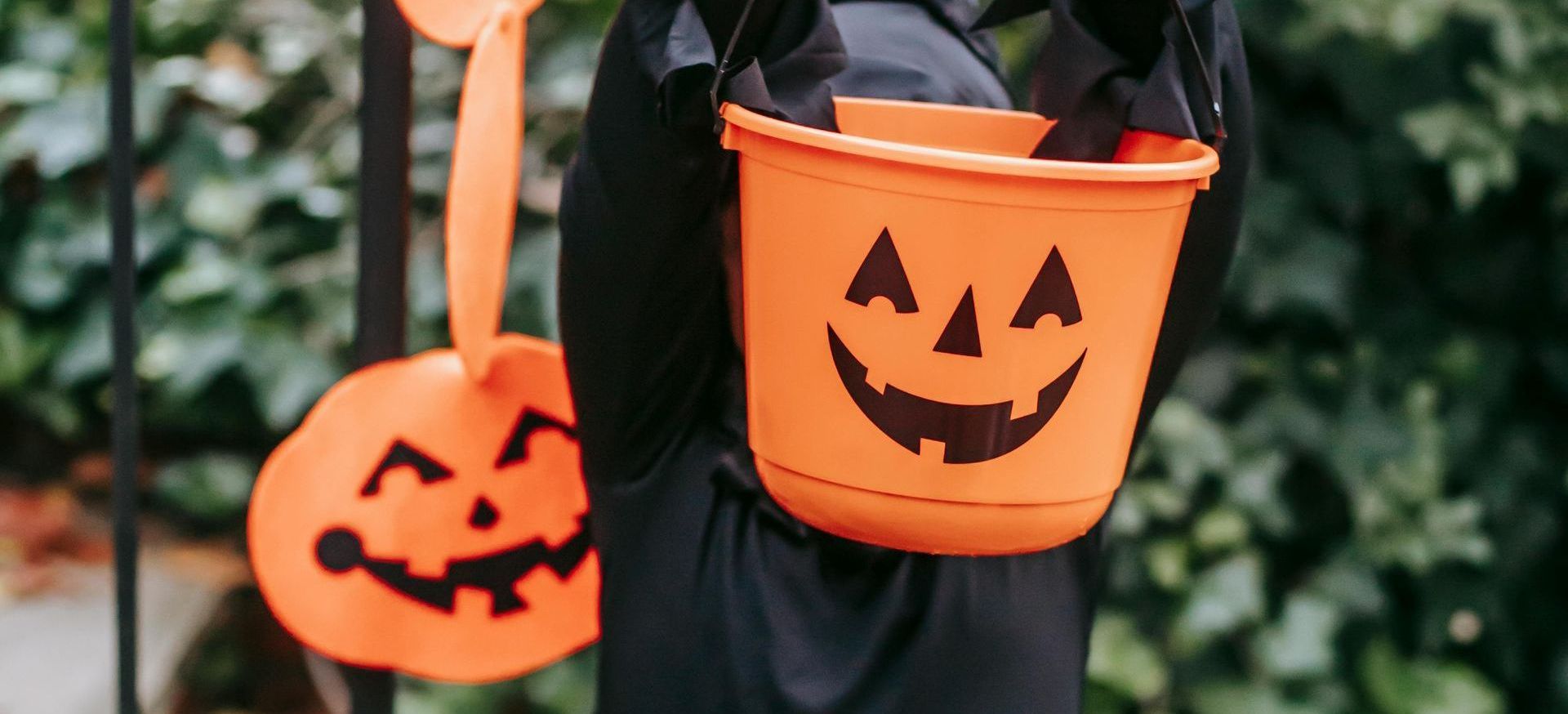For A Free Consultation Call (215) 546-4700 or Schedule a Virtual Zoom Meeting
Understanding Premises Liability at Haunted Houses and Fall Attractions

It’s (almost) everybody’s favorite time of year … fall!
Houses are decorated with pumpkins, ghosts, skeletons, and witches; kids are planning their costumes; neighbors are stocking up on candy; and thrill seekers are headed to haunted houses, corn mazes, and other attractions. The thrill that comes with laughing on hay rides and shrieking at ghouls jumping out from hiding places is all in good fun until someone gets hurt. If that’s happened to you, here’s what you need to know about premises liability.
The owners of haunted houses and attractions of all kinds have a legal obligation to provide a safe environment for the people who visit their premises. That means they have a responsibility to prevent foreseeable injuries, to regularly inspect their attraction to ensure that it is still safe, to address potential hazards, and to warn visitors about any risks that exist that they can’t resolve right away. All these responsibilities fall under a legal theory known as a “duty of care.”
In the case of haunted houses and similar attractions, the duty of care encompasses making sure that there are no obstacles that visitors might trip and fall over, that the structures people are walking through are stable, and that emergency exits are well-marked and accessible. Haunted houses represent a particular risk because they are generally dimly lit and have effects that are meant to startle — scaring people is often the point — and because of that, there must be no slippery floors, sharp objects, loose wiring, or other issues that would make jumping more dangerous. The same is true of corn mazes and hayrides. Owners of all of these attractions must make sure that their equipment is well maintained, that staff is properly trained and that their premises are safe and compliant with local regulations, including fire and building codes, signage, and avoiding overcrowding. Failure to do so can result in legal action.
If you’ve been injured while visiting an attraction and you believe that your injury was caused by negligence on the part of the owner or management, you may be entitled to compensation for the harm you’ve suffered. This is not always the case, as there is an assumption of risk tied into the expected experience that an attraction’s owner may use as a defense, but the best way to determine whether you have the potential for compensation is to seek guidance from an experienced premises liability attorney.
Unlock your legal success with a free consultation!
Call us now at (215) 546-4700 or click the link to request a Zoom meeting. Your future starts with the right advice today!

Law Office of Jensen Bagnato, P.C.
1500 Walnut St, Suite 1510, Philadelphia, PA 19102
Overview
Practice Areas
All Rights Reserved | Jensen Bagnato, P.C. | Disclaimer | Privacy Policy
